For thousands of years, human history has been intertwined with seeds. We depended on the seeds we grew and stewarded to provide food, medicine, fiber for clothing, dye, and many of the other building blocks of our lives. Saving seed altered the way we lived, farmed, ate, and celebrated. Vandana Shiva probably put it best when she said, “seed is not just the source of life. It is the very foundation of our being.”
Our journey with seed saving and agriculture has been long and complex. Humans didn’t just decide one day to give up our nomadic lifestyles and settle down; we transitioned to agricultural societies over thousands of years. So when did it first begin, and why? Why did hunter-gathers start saving seeds and then selecting them for specific traits?
 Why Did Humans Begin Saving Seed?
Why Did Humans Begin Saving Seed?
Today, there are many qualities we focus on when saving seed. We select for traits like flavor, vigor, cold-hardiness, color, size, drought tolerance, and more. These qualities probably weren’t the focus of ancient seed savers. They had to deal with other issues first.
So far, researchers have found that hunter-gathers first started to save and select the seeds of regionally available grain crops. The first characteristic they probably focused on was the “non-shattering trait.” In wild plants, being able to spread your seed is highly advantageous. Plants disperse their seeds in several ways, including wind, animals, and water. In wild cereals, the seed heads shatter, and the seeds drop from the plant as soon as they dry and mature.
This trait presented a considerable roadblock to efficiently gathering large amounts of grains for humans. They had to time gathering grain just right before it was dropped or blown off by the wind. It was also much harder to harvest without waste, leaving so much up to chance.
Researchers found some of the earliest evidence of humans selecting for non-shattering rice along the Lower Yangtze River in China. The non-shattering gene was also found in einkorn (wild wheat) in Tell Qaramel, an archeological site in modern-day northern Syria, and in barley and emmer (wheat) in several parts of the Fertile Crescent or what is now portions of Iraq, Syria, Lebanon, Palestine, Israel, Kuwait, Turkey, and Iran (Allaby et al., 2017).

Developing grains with the non-shattering trait that retained their seeds was an enormous breakthrough for humans and would have improved the reliability and productivity of these cereals. It also represents when our lives began to intertwine with seeds. Humans were not just gatherers anymore; we became seed savers.
When Did Humans Begin Saving Seed?
So when did this all begin? Studies in recent years have shown that initial seed selection for those non-shattering traits began occurring long before we initially believed, dating back to the Pleistocene glacial era roughly 30,000 years ago (Allaby et al., 2017)!
These initial seed selections did not mean these early seed savers were becoming full-time farmers. These were still largely nomadic hunter-gathers supplementing their diet with wild cereals that they helped encourage and cultivate. Humans throughout the world were still mainly living nomadic, hunter-gather lifestyles until roughly 12,000 years ago, during a period which has been dubbed the “Neolithic Revolution” (National Geographic Society, 2022).

The Development of Agriculture
There is evidence of fig tree orchards in the Jordan Valley from roughly 11,300 years ago, signs of squash cultivation in Mexico date to at least 10,000 years ago, and cattle, goats, sheep, and pigs were all domesticated in the Fertile Crescent between 13,000 to 10,000 years ago (National Geographic Society, 2022). So what changed to make humans take up farming full-time? Scientists are not entirely sure.
In some regions like the Near East, this period brought about climatic changes that suited the production of annual plants. In other areas, a decline in natural resources as populations grew may have forced people to supplement their diets (Weitzel, 2019). An acceleration of domestication of plant varieties also coincides with the invention of sickle farming technology about 8,000 years ago (Hays, 2017). Some researchers even believe that agriculture took off as societies began to recognize private property rights. Simply put, humans like to own stuff (Chatterjee, 2013).
While these are all relevant theories, none of them likely caused the shift towards agriculture in its entirety. Humans moved towards agricultural societies for different combinations of reasons that varied over regions and cultures.
From these humble beginnings, humans continued to grow and save seed. Cultures across the world bred and stewarded their own staple crops and livestock. These varieties became essential parts of our everyday lives, our heritage, and our culture.
Saving Seed Today
Today, there are relatively few people saving seed. We are no longer hunter-gatherers trying to supplement our diets or subsistence farmers trying to grow every calorie we consume. Most of us don’t even grow a portion of our food, but today seed saving is just as important as it was thousands of years ago. When we fail to continue the work of stewarding seeds, we lose thousands of years of work and information. We lose biodiversity. We lose culture. We lose flavor. We lose celebration.
If you have the ability to take on one extra garden project this year, save seed from your favorite variety.
References
Allaby, R. G., Stevens, C., Lucas, L., Maeda, O., & Fuller, D. Q. (2017). Geographic mosaics and changing rates of cereal domestication. Philosophical Transactions of the Royal Society B, 372(1736). https://doi.org/10.1098/rstb.2016.0429
Chatterjee, R. (2023, March 30). Why Humans Took Up Farming: They Like To Own Stuff. NPR. Retrieved May 13, 2013, from https://www.npr.org/sections/thesalt/2013/05/13/183710778/why-humans-took-up-farming-they-like-to-own-stuff
Hays, B. (2017, October 23). Humans altered the evolution of crops 10,000 years earlier than previously thought. UPI. https://www.upi.com/Science_News/2017/10/23/Humans-altered-the-evolution-of-crops-10000-years-earlier-than-previously-thought/3981508767201/
National Geographic Society (2022, July 8). The Development of Agriculture. National Geographic. https://education.nationalgeographic.org/resource/development-agriculture/
Weitzel, E. M. (2019). Declining Foraging Efficiency in the Middle Tennessee River Valley Prior to Initial Domestication. American Antiquity. https://doi.org/10.1017/aaq.2018.86

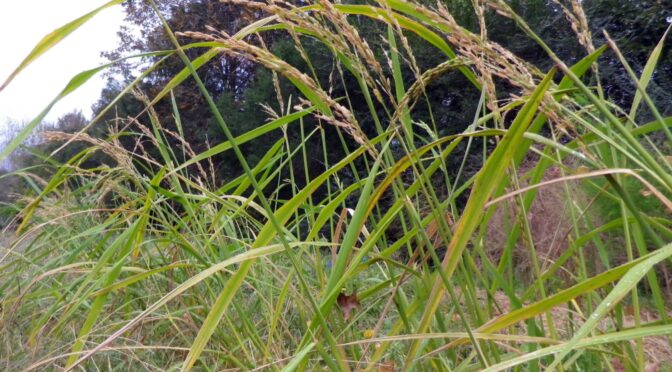
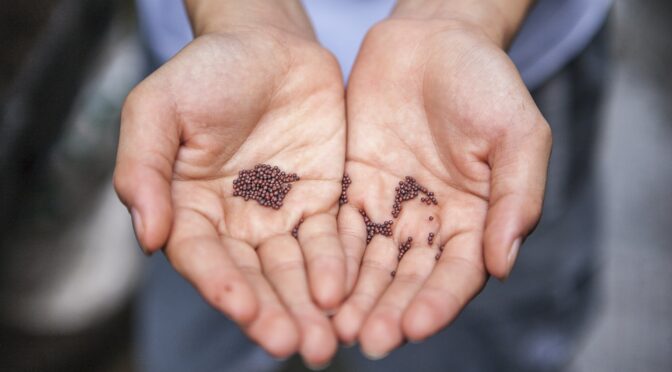
 Thin Your Crops
Thin Your Crops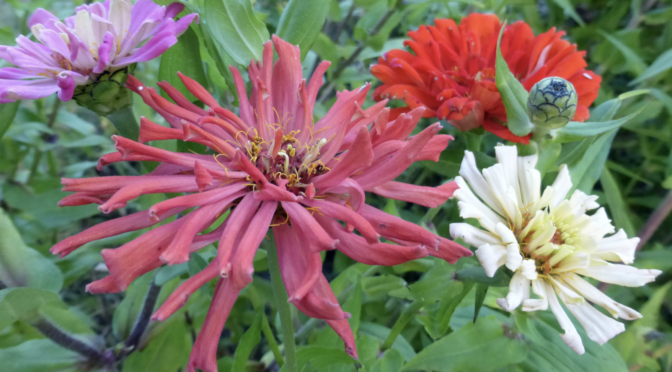
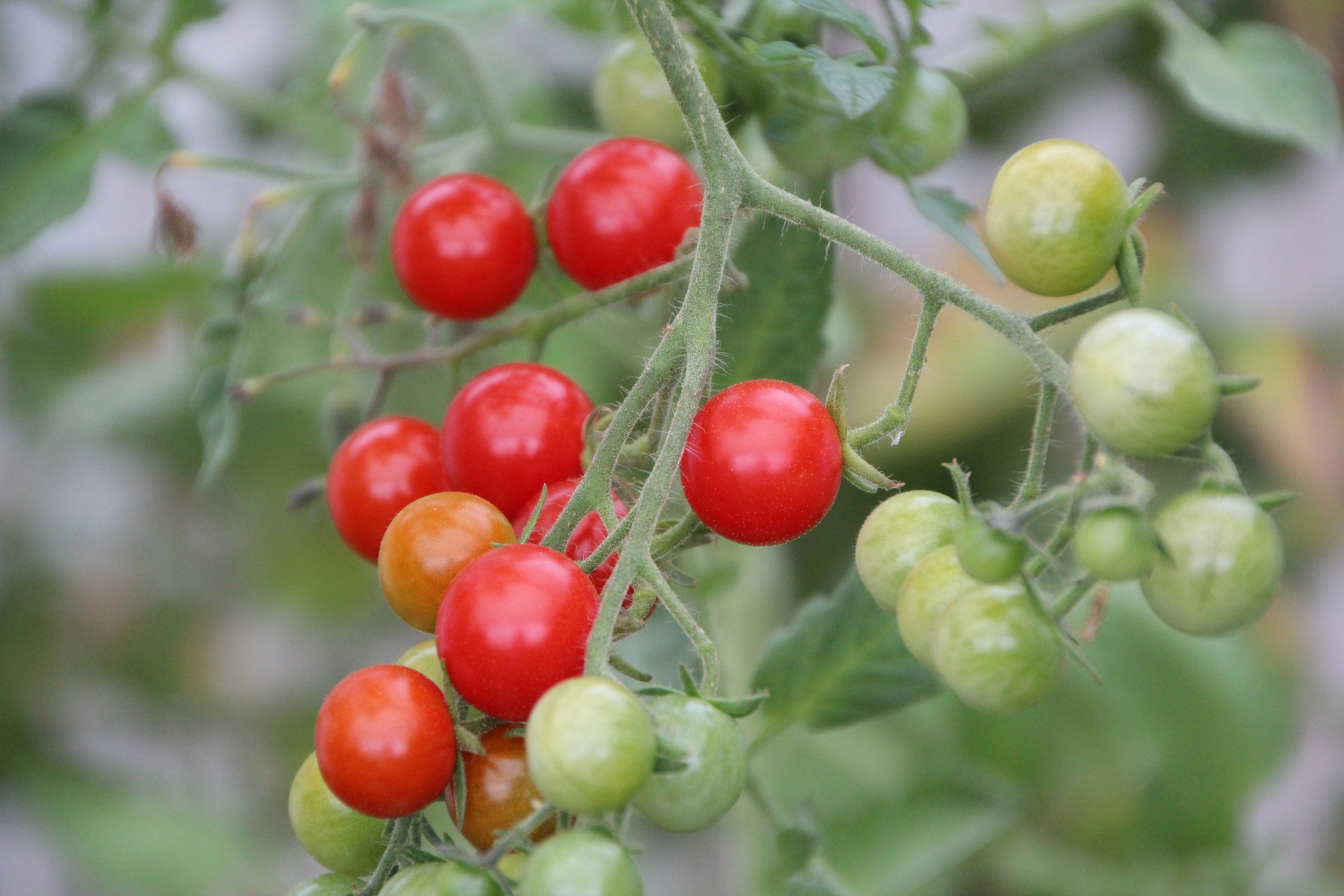 Cherry Tomatoes
Cherry Tomatoes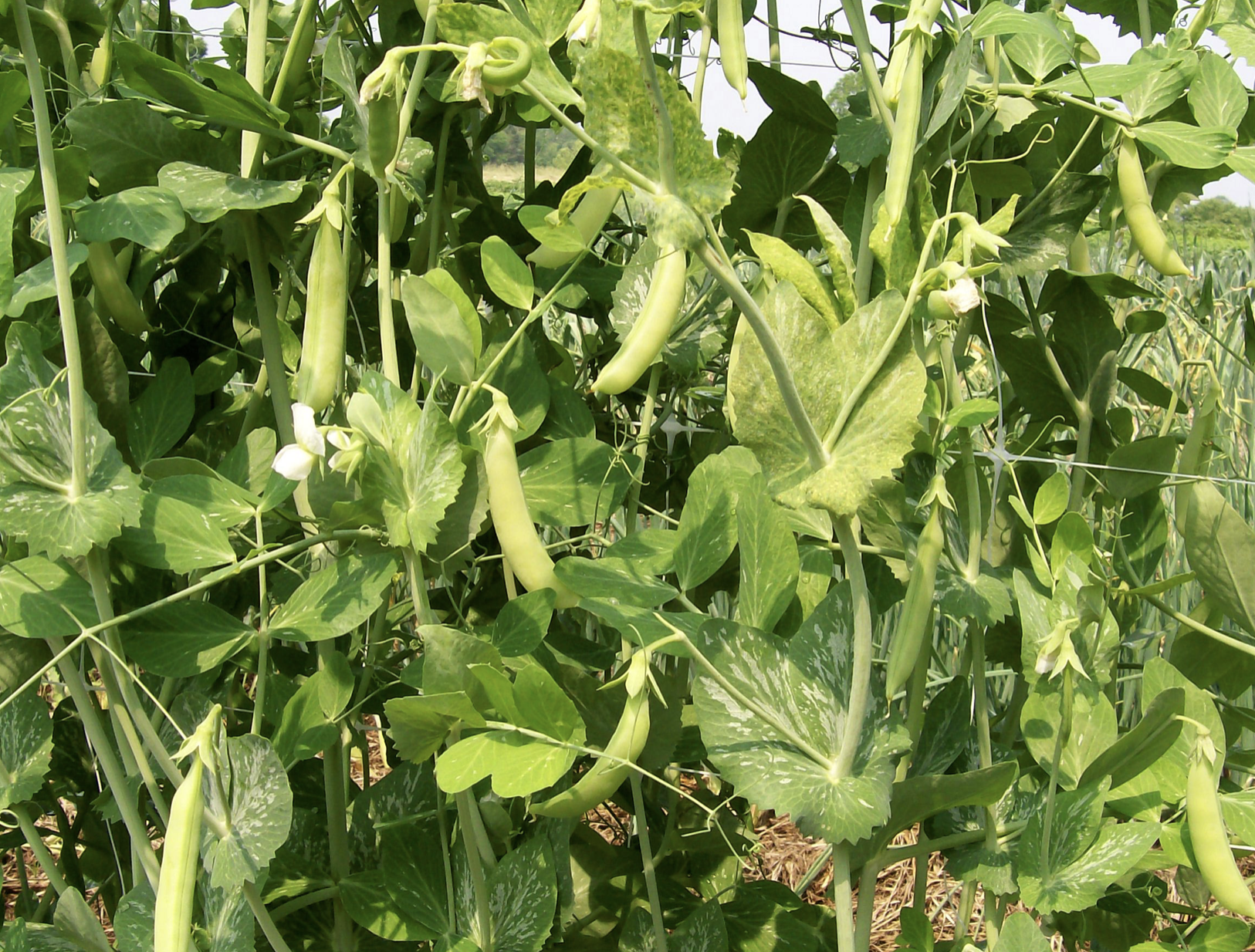 Peas
Peas